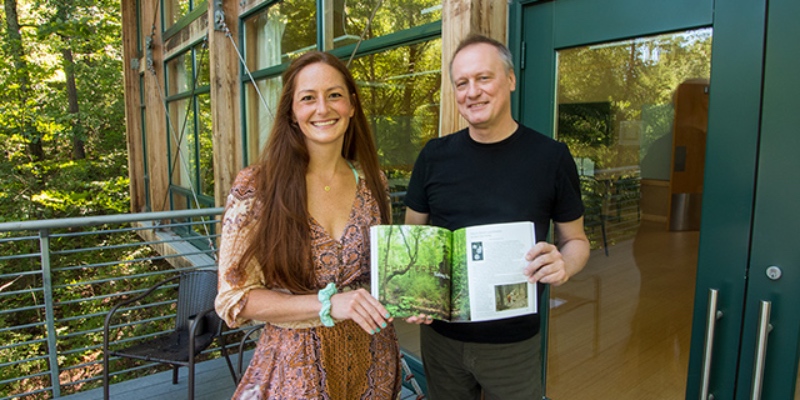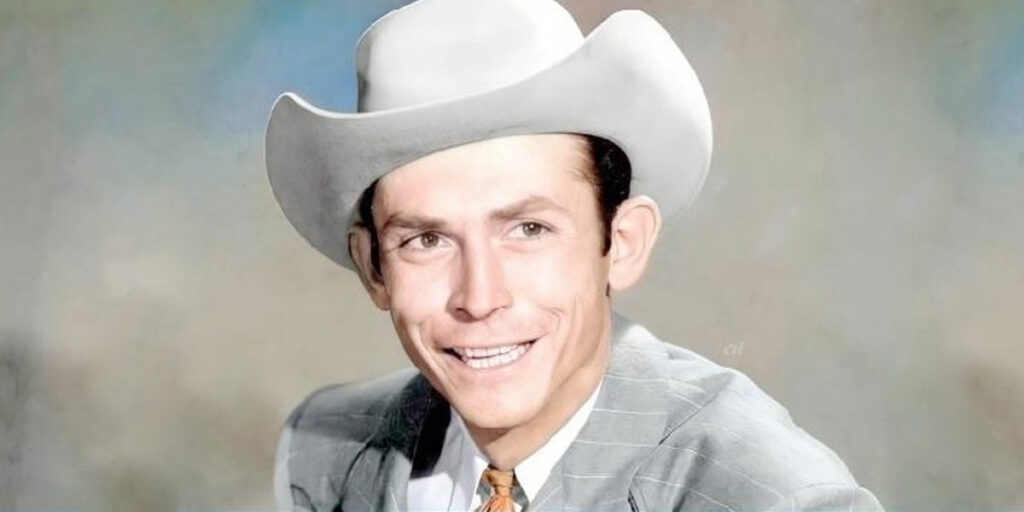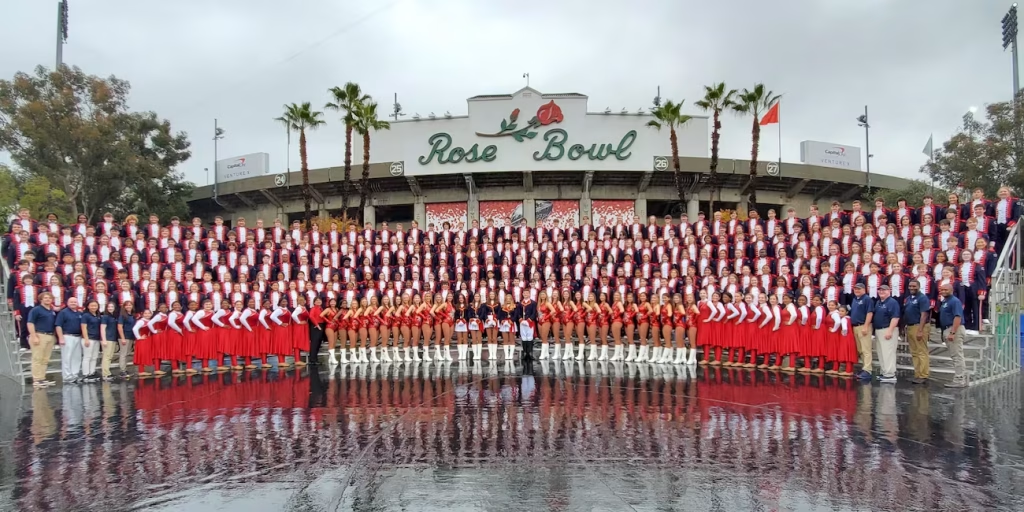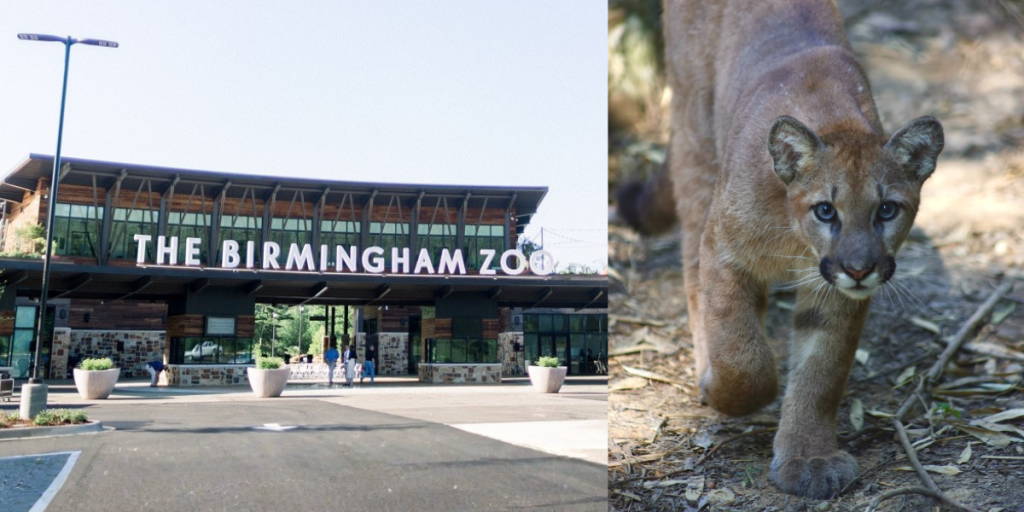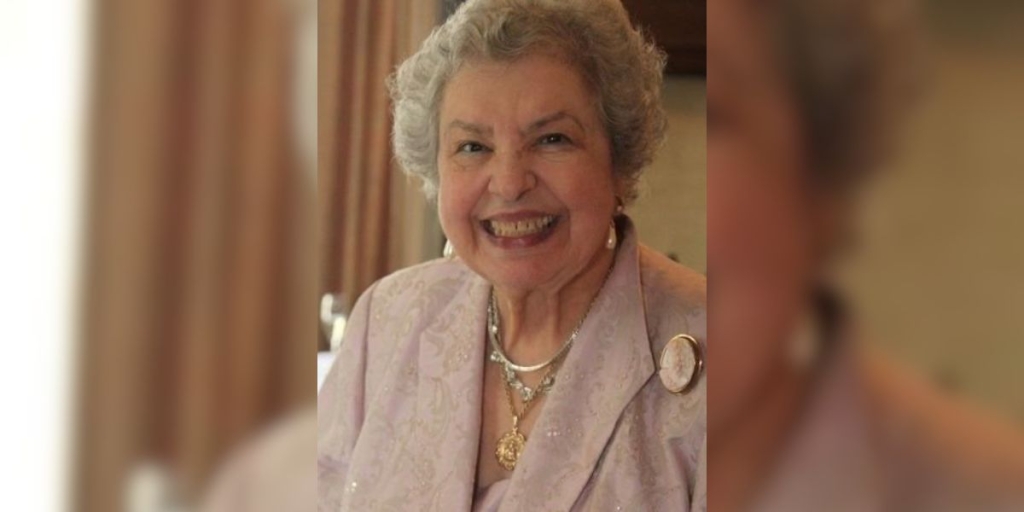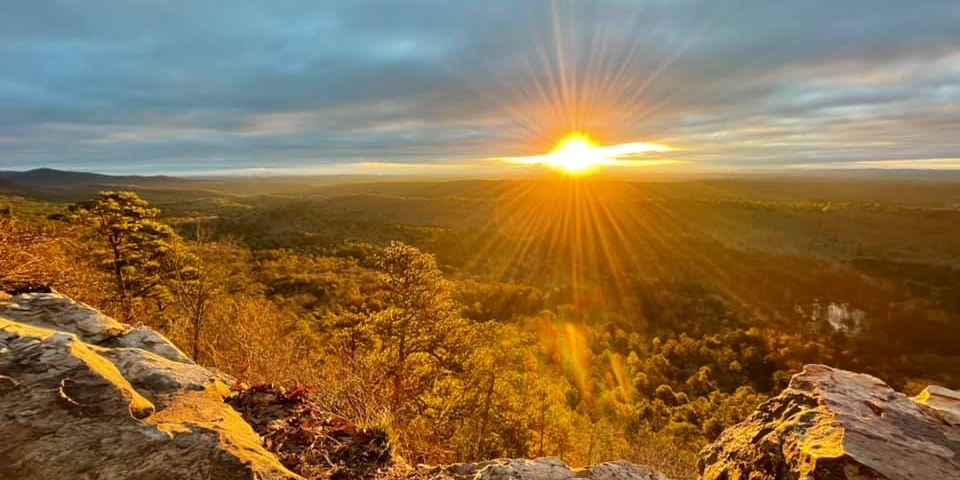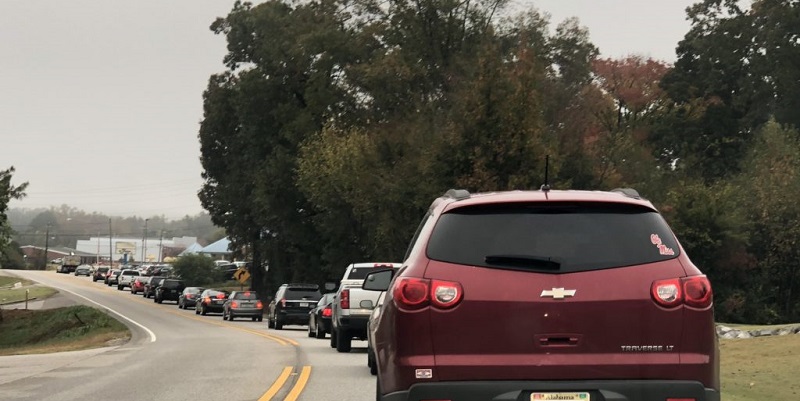Ruffner Mountain, a landmark in the history of Birmingham’s industrial rise, is the focus of a new book, ”Back to Nature.”
The book tells the long, tumultuous story of the Mountain — from its geological formation, through the days of Birmingham’s explosive growth as a steel producing and iron ore mining city and ending with four decades of strenuous effort to preserve it. Author Mark Kelly, a senior market specialist for Alabama Power and longtime volunteer with The Ruffner Mountain Nature Coalition, said it was important to make sure all of that was included.
“When someone asks when the history of Ruffner Mountain started, you say, ‘about 500 million years ago,’” Kelly said. “You have the geological history of the mountain where you have two of the three ingredients: iron ore and limestone, that made Birmingham ‘Birmingham.’ There is the mining history which ties into the history of Birmingham and some of the personalities and events that were involved with that, which is a pretty fascinating story by itself, and then this place sat dormant for the better part of 40 years until the advent of Ruffner Mountain Nature Center. It started with 28 acres and today it’s over 1,000 acres — one of the largest urban nature preserves in the country. It’s a great story from a lot of angles.”
Kelly said the idea to write the book began more than 10 years ago during a conversation with Bob Farley and Michelle Reynolds.
“Bob and Michelle put in a lot of volunteer time at Ruffner over the years,” Kelly said. “We started talking and come up with the idea that maybe we should do a book about this place.”
Work began, but it wasn’t until Carlee Sanford was hired as executive director of Ruffner Mountain in 2015 that research for the book took on the momentum it needed to be completed.
“When I started at Ruffner, I was told during the first week that we had to finish this book,” Sanford said. “I didn’t know if we would ever finish it because I didn’t know what it was, and now it’s this beautiful piece that Ruffner will have long after me.”
‘It wasn’t pretty’
From schoolchildren to hikers, Ruffner Mountain is visited by more than 30,000 people annually. However, the mountain has not always been a natural attraction; for more than 60 years it was mined, providing millions of tons of iron ore that helped Birmingham establish itself as a national leader in the rising steel industry of the early 20th century. When mining operations at Ruffner Mountain ended in 1953, what was left was not pretty, but Sanford said its appearance led directly to the creation of the nature preserve in 1977.
“Part of the reason it is a nature preserve today is because of what was done to this mountain,” Sanford said. “No one wanted it. It wasn’t pretty. The value of the property was different, so it’s kind of amazing when you see these pictures today of wildlife or lookouts or something that was mined and quarried. It’s so beautiful and it takes time on the longer scale to be able to see the beauty that can come out of what we did to the land with industry.”
Today, the nature preserve is the main attraction. More than 1,040 acres are under the management of The Ruffner Mountain Nature Coalition, making it one of the largest privately-funded nonprofit nature preserves in the country. Visitors can hike more than 14 miles of trails winding through the former limestone quarry and mine land, observing a diverse array of distinct natural plant communities and wildlife habitats.
“I hope between the work they’re doing every day at the Nature Center and the release of this book contributes to a greater knowledge and awareness of what this place has meant to the history of the city,” Kelly said. “You can hike, you can look at a lot of the artifacts from the mining era or you can just find a place to sit down and meditate. It’s a great experience. It’s a great asset for the community.”
Sanford said she hopes the book will help visitors understand that Ruffner Mountain is operated through private donations.
“Oftentimes when I talk to visitors, they assume this was a state park or it’s a federally-funded place that used to have some mining and the intent was always to be a nature preserve, and that’s so far from the truth,” Sanford said. “When you read the book you see that this took decades and it was the work of hundreds of people to get to the point that we are at today.”
“This is a great place,” Kelly added. “It is something not every city has. People need to appreciate it and come out and enjoy it.”
Kelly’s book will officially launch Sept. 4 at 5 p.m. during a book signing at Alabama Booksmith. A second signing will be held at the Ruffner Mountain Nature Center Sept. 19 from 5 p.m. to 7 p.m. Kelly and photographer Bob Farley will attend both events.
The book also is available at the Ruffner Mountain Nature Center and at RuffnerMountain.org., as well as other local bookstores. For more information, visit RuffnerMountain.org.
(Courtesy of Alabama NewsCenter)




